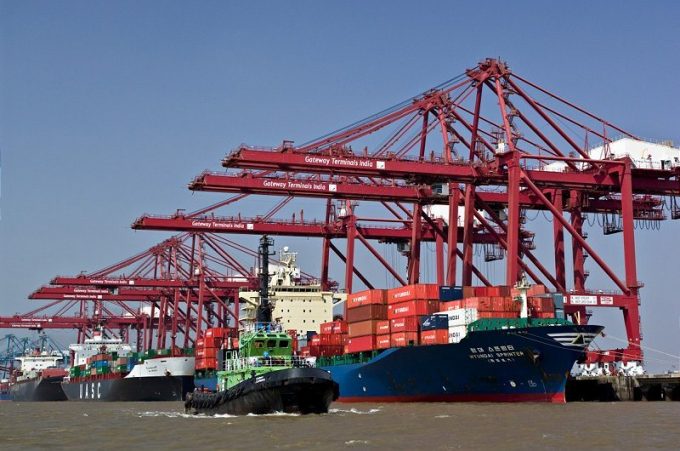New BIAL air cargo terminal a boost for India's perishables trade
UK ground handler Menzies Aviation has cemented its airfreight logistics operations in India with a ...

There seems no end in sight to the congestion choking India’s ports.
According to the Container Shipping Lines Association of India (CSLA), tens of thousands of uncleared import containers are clogging supply chains amid the nationwide coronavirus lockdown.
CSLA executive director Sunil Vaswani said only 26,000 teu had been cleared from container freight stations (CFSs) near Mumbai’s Jawaharlal Nehru port, leaving more than 100,000 teu lying uncollected.
“Similarly, about 50,000 teu is lying uncleared at Chennai,” he told The Loadstar. “And other ports, like ...
Transpacific sees first major MSC blanks as rates fall and volumes falter
'It’s healthy competition' Maersk tells forwarders bidding for same business
Opposition builds for final hearing on US plan to tax Chinese box ship calls
White House confirms automotive tariffs – 'a disaster for the industry'
New price hikes may slow ocean spot rate slide – but for how long?
Supply chain delays expected after earthquake hits Myanmar
Shippers snap up airfreight capacity to US ahead of tariff deadline
Tighter EU import requirements proving 'a challenge' for forwarders

Comment on this article